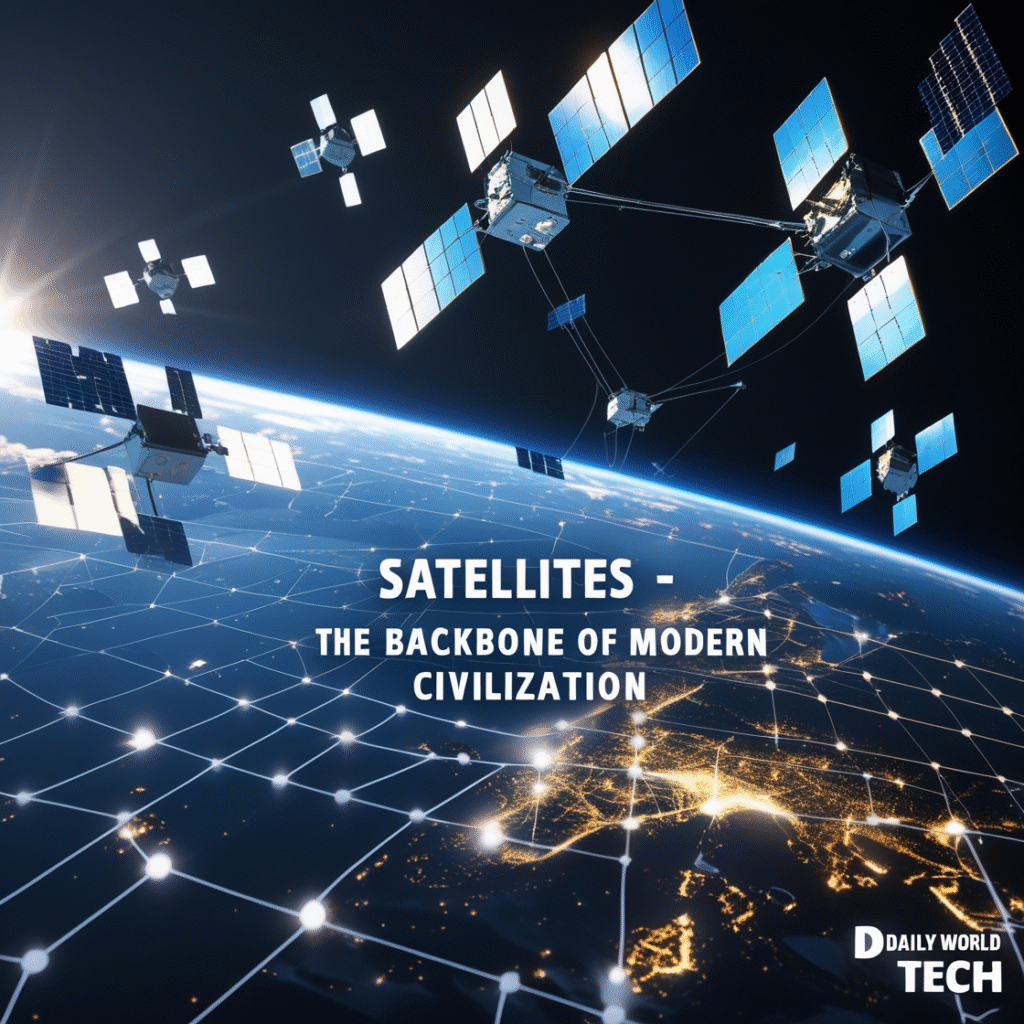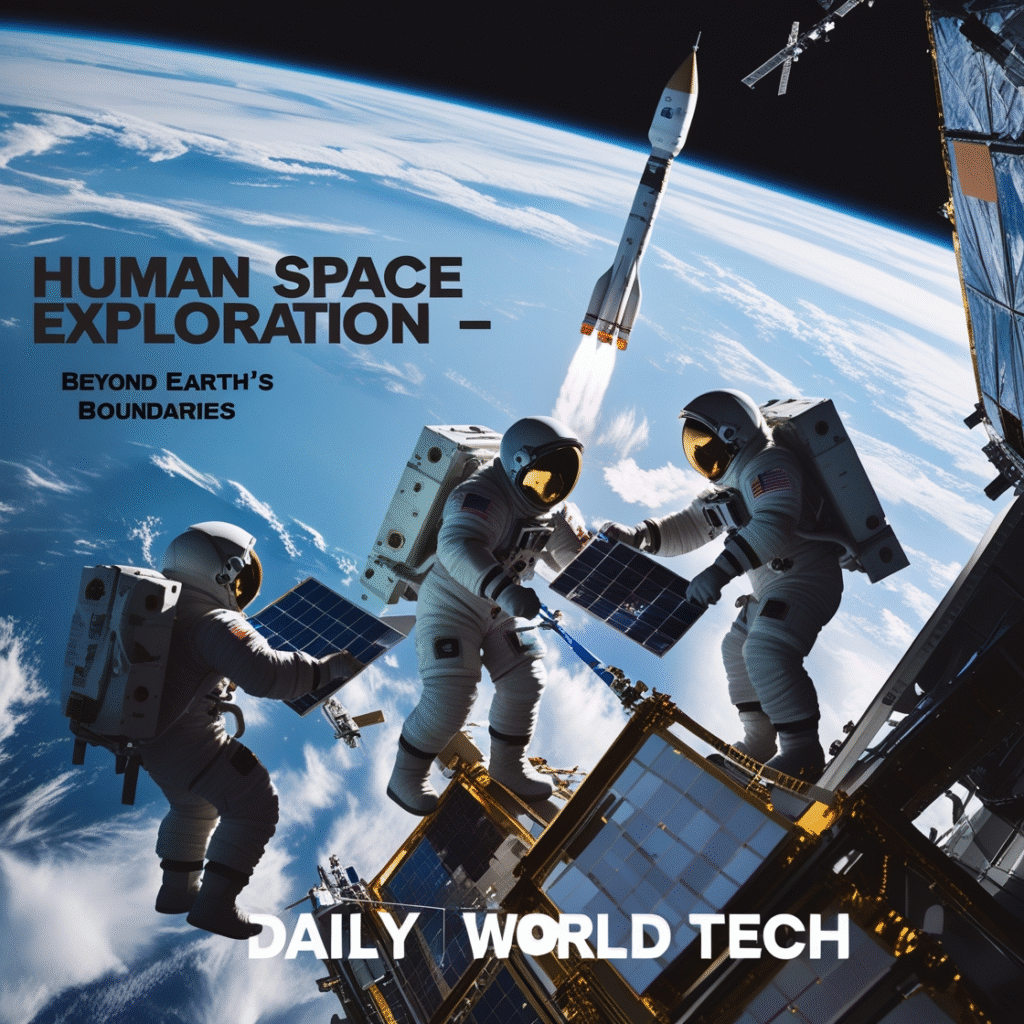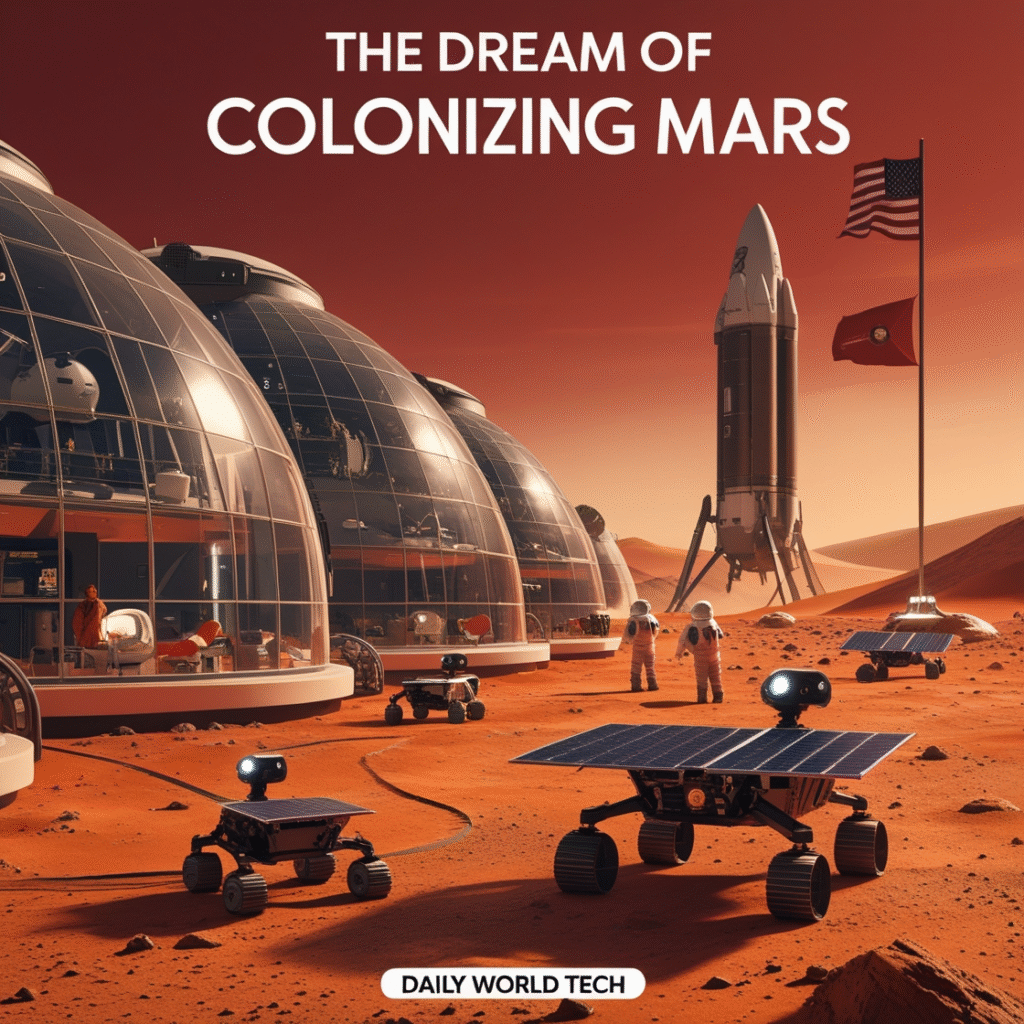The universe has always been a mystery to human beings. People have been fascinated with the stars since time immemorial, asking questions about what is out there beyond our planet. This interest resulted in discoveries, inventions and finally advancements in space technology. Now, in only several decades mankind passes the way of putting the first artificial satellite into space and the dreams of human settlement on Mars. Space technology is no longer about rockets and astronauts it is about communication, security, business and even survival.
This blog will discuss the amazing history of space technology starting with satellite technology and advancing to a far-fetched idea of colonizing Mars.
The Dawn of the Space Age
The era of space technology is a relatively new development that started with the launch of Sputnik 1, the Soviet Union’s first man-made satellite, in 1957. The historic event was the start of the Space Race between the United States and the Soviet Union. It was the first time when man had launched an object into space orbit around the Earth.
Sputnik was tiny and unsophisticated, but the difference it made was tremendous. It elicited anxieties, enthusiasm, and rivalry. The United States then answered with its own satellite, Explorer 1 a year later. Shortly thereafter, NASA (National Aeronautics and Space Administration) was established in 1958, instituting the American space exploration dedication.
In the 1960s the competition grew, and the results were astounding. Yuri Gagarin of the Soviet Union was the first human to orbit the Earth in 1961. It took the Apollo 11 NASA mission only eight years, in 1969, to put man on the Moon. Neil Armstrong had this in mind when he said that it was “one small step to man and one giant leap to mankind,” but it perfectly encapsulated the human advancement and became the theme of the future of space technology.

Satellites: Space Technology
Satellites are the unsung heroes of space exploration, though rockets and astronauts usually get all the attention. They orbit Earth and play fundamental roles in defining modern life. Currently, we have more than 8,000 satellites in orbit around our planet, which are used in military, commercial and scientific applications.
Types of Satellites
- Communication Satellites
These satellites handle television signals, internet, and long-distance telephone. Modern communication networks would not be in existence without them. - Navigation Satellites
GPS (Global Positioning System), GLONASS (Russia) and Galileo (Europe) are the systems which enable people to travel in any part of this planet. Navigation satellites are needed in smartphones, planes, and more. - Earth Observation Satellites
The applications of these satellites include monitoring the environment, deforestation, studying oceans and climate change. They also play an essential role in managing disasters, forecasting storms, and evaluating earthquake damage. - Scientific Satellites
Such satellites investigate outer space, cosmic radiation, black holes and even the universe itself. A well-known one is the Hubble Space Telescope. - Military Satellites
Military satellites are strategic in ensuring global security because they are used in defense, surveillance, and secure communications.
Satellites in Daily Life
Although we rarely see them, satellites have been a significant part of everyday life. They are used in mobile banking, ride-hailing applications, weather predictions, agriculture, and even streaming platforms. For example:
- Farmers can monitor crops and plan irrigation by satellite data.
- Flight navigation in airlines is based on satellites.
- Starlink, a global internet project by SpaceX, is focused on launching thousands of small satellites to offer internet connectivity to the most remote areas.
In brief, modern civilization depends on satellites.

Human Space Exploration
People have always been fascinated by the notion of humanity traveling outside the Earth. The first breakthrough was made in 1961 when Yuri Gagarin flew in the Soviet Union. Then there were astronauts such as John Glenn and Valentina Tereshkova.
The greatest achievement was the Apollo 11 Moon landing in 1969. The human race was able to cross limits by walking on another heavenly body. The success of the six Apollo missions brought astronauts to the Moon and increased human knowledge of space.
Since the Moon missions, attention turned to space stations. In 1986, the Soviet Union sent Mir, the first modular space station. Subsequently, the International Space Station (ISS) came to represent international cooperation.
The ISS is permanently occupied since 2000, and built by NASA, Roscosmos, JAXA, ESA, and CSA. Experiments in microgravity are being performed by astronauts of various countries, which benefits medicine, biology, physics, and engineering.
Space Technology in Our Daily Life
The role of space technology in normal life is one of the most intriguing parts of space exploration. Several technologies used in space missions ultimately made their way to our lives. This is what is referred to as spinoff technology.
Some examples include:
- GPS navigation: It began as a military system, but it can now be used by drivers and delivery services.
- Memory foam: NASA made this type of foam to enhance the safety of the aircraft seats, which are currently used in pillows and mattresses.
- Water purification: Originally designed for astronauts, now available on Earth in the event of disasters.
- Scratch-resistant lenses: The first lenses offered this feature on astronaut helmets, but now they are found in eyeglasses.
This demonstrates that not only does the investment into space research broaden our horizons, but life on Earth is enhanced as well.

The Crazy Idea: Settling Mars
With the Earth experiencing various problems such as global warming, overpopulation, and diminishing resources, people are considering Mars as a second planet. Settling Mars has gone beyond science fiction into scientific research.
Why Mars?
- Mars has day and night cycles similar to Earth (about 24.6 hours).
- Evidence suggests the presence of water ice beneath its surface.
- Its soil contains minerals that could support agriculture.
- It is relatively close compared to other planets, taking around 6-9 months to reach.
Challenges of Living on Mars
Despite its potential, colonizing Mars is extremely difficult:
- Atmosphere: Mars has a thin atmosphere composed mostly of carbon dioxide, making it impossible to breathe without support.
- Temperature: Mars is very cold, with average temperatures around -60°C.
- Radiation: Without a magnetic field, Mars exposes humans to harmful cosmic radiation.
- Distance from Earth: Communication delays range from 3 to 22 minutes one-way, making real-time communication impossible.
Current Efforts to Reach Mars
Several organizations are working toward making Mars colonization a reality:
- NASA’s Artemis Program aims to return humans to the Moon as a stepping stone to Mars.
- SpaceX, led by Elon Musk, is developing the Starship spacecraft, designed for interplanetary travel. Musk envisions building a self-sustaining city on Mars by the mid-21st century.
- Blue Origin, founded by Jeff Bezos, also has ambitions for space settlement, focusing on building infrastructure for future space colonies.
The first human mission to Mars is expected within the next two decades, with colonization attempts likely to follow.
The New Space Race and Privatization
Governments dominated the early space race, but in the 21st century, the dominance has been taken by private companies. Such companies are bringing space travel a bit closer and cheaper.
- Reusable rockets have transformed the industry, with SpaceX spending drastically less on their development.
- Blue Origin is working on space tourism and lunar exploration rockets.
- Virgin Galactic specialises in suborbital space tourism.
- Rocket Lab is a launch company.
NewSpace, as this new wave of privatization is sometimes known, has stimulated faster innovation. Entrepreneurs and investors are working at a rapid pace to create what decades of government planning have failed to accomplish.

The Future of Space Technology
In the future, space technology is heading in ambitious directions:
- Asteroid Mining: Mining of precious minerals such as platinum and gold found in asteroids could power industries back on Earth.
- Solar Power Satellites: Satellites in orbit with giant solar collectors could transmit clean energy to the Earth.
- Space Habitats: Ideas of habitable space bubbles such as the O’Neill cylinders and lunar bases might enable human beings to permanently reside in space.
- Satellites to Other Stars: Techniques of propulsion such as ion engines and nuclear rockets will one day possibly propel spaceships to other star systems.
- Artificial Intelligence and Robotics: Robots will probably be the first to explore, create living spaces, and extract resources long before humans can arrive.
The marriage between AI, robotics, and reusable rockets is taking mankind a step closer to a future where life on other planets is not only a dream, but a viable possibility.











